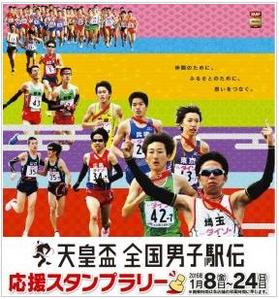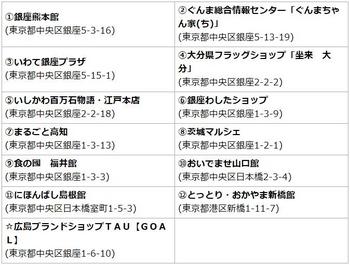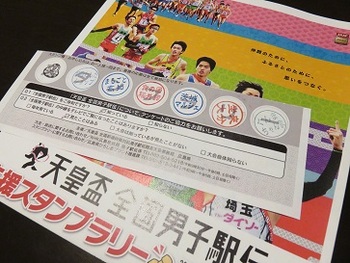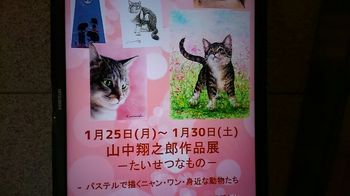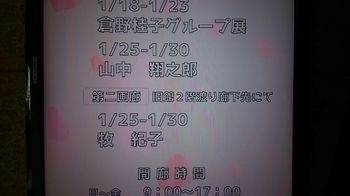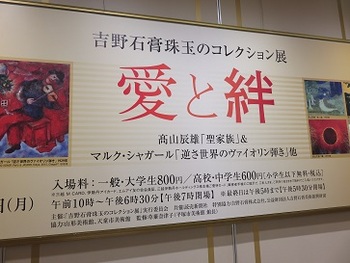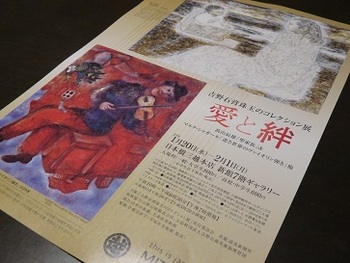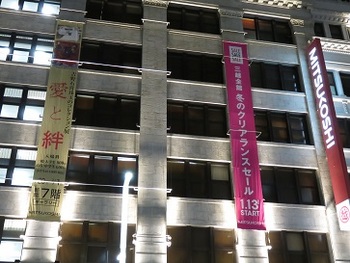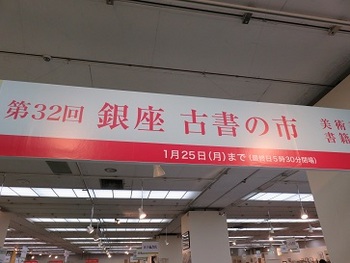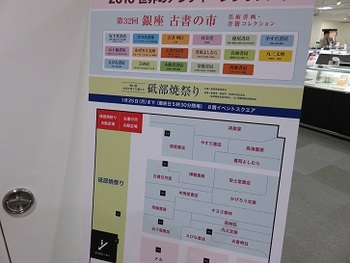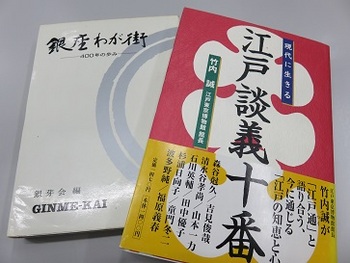Remains of Magome Kansyu Yashiki
Takarada Ebisu Shrine
Takarada Shrine was the guardian of Takarada Village outside Edo Castle more than 400 years ago in Keicho 11 (1606).
Ieyasu Tokugawa was ordered to relocate Takarada, Iwaida, and Chiyoda's Mikamura (currently near Kaedeyama in the Imperial Palace) due to the expansion of Edo Castle, so a person named Kageyu Magome was the guardian of Takarada Village. I applied for a guardian, graduated from the residents, and relocated to this area.
When Ieyasu entered the prefecture, he accompanied him from Mikawa country and achieved this great work, and was given Ebisu, a prayer for the prosperity of the Tokugawa family. It was today that he enshrined at Takarada Shrine as sacred object of worship of peaceful guardian.
The author is said to have been created by Unkei, a master of the Kamakura period.
After that, the villagers' lives were important, such as gold and silver exchange, Ekiden, and amphibious transportation, respectively, became the landowner, became the director of Mi Demma, and received the name of the town of Otemmacho in connection with the name of the lord. In addition, Ise, Suruga, Totomi, Mino, Owari, etc., the merchants related to Ieyasu.
Even today, long-established stores and large and small trading companies in the surrounding area are lined up, and there are still many active transactions.
Takarada Ebisu God is a guardian deity of business prosperity, family prosperity, and fire prevention, and the reverence is widely spread throughout the Kanto region, and the Ebisu God Festival on October 19, 20th of "Bedara City" on October 19 is held grandly on both days. Will be Betta City is "New Year again" This year, the long-established store is still celebrating Ebisu-ko as an important annual event for merchants who are preparing to approach the end of the year and celebrate the New Year. In addition, young people used the lightly pickled radish (bettara) to use the congestion, and called it to the pilgrimage women and attached it to the kimono sleeves and made fun of the women, so it became the name of Bettara It has been reported. (From Dai Temmacho, Edoya Co., Ltd.)
Minobu Besin
In the prison, which had been feared as a Kodemmacho prison for 300 years of Tokugawa, some of the late Tokugawa shogunate men like Yoshida Shoin, Sanai Hashimoto and Yorizo Saburo, some of whom were feared by people like snakes, and Oshichi Yaoya, who later became the subject of Joruri and Kabuki. The prison was demolished in the Meiji era, but the site was abandoned by no one. A group of people who built a dojo of Hokke and tried to comfort a large number of ghosts appeared. The 73rd generation of Mt. Minobu Kuonji Temple and Nissatsu Niijin at the time, Katsuyoshi Egawa at Fukagawa Honryuin-in Temple, Ugawa at Asakusa Gyosenji Temple, and Mikami at the young age who later became the Mt. Minobu 80th generation Mikami, and the powerful Hokke followers who guarded them.
On May 5, 1881, a resolution was made to meet at Asakusa Renkoji Temple to purchase a prison site of 300 tsubo for 7.50 yen tsubo, and build Dou. The following year, Soshi-do Hall was erected in September 1882. The organization at the center of the Soshi-do Hall construction project was the clean-up association, which Nissatsu Nii worked to expand its spread. The first association was born here in Nihonbashi, and became popular in Shimane, Fukuoka, Niigata, Chiba, Nagano, etc., and eventually Hokke organizations were formed nationwide. (From "Nissatsu Nii Biography") (From the website "Minobu Betsuin Engi")
Jisshi Park
Ten thought square
Former Jushi Elementary School opened in 1878, and the building currently in use was rebuilt as a reinforced concrete school building with high earthquake resistance and fire resistance after the Great Kanto Earthquake.
It is a masterpiece of a highly decorative elementary school building made during the reconstruction period of the earthquake, and it is highly regarded as an excellent urban design building that emphasizes connection with the local community. It is an architectural style called expressionism, and is characterized by its curved corners, arch windows, and semicircular columns. The southwest corner where the front entrance is located has a particularly large curve, and there is a small square on the entire surface, making it the face of the building.
In addition, the adjacent park was planned at the same time during the reconstruction period.
After the school was closed in March 1990, after renovation work, it has been widely used by residents of the ward since 2001 as a complex facility of the ward "Jusshi Square".
(From ee-tolyo.com)

